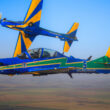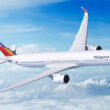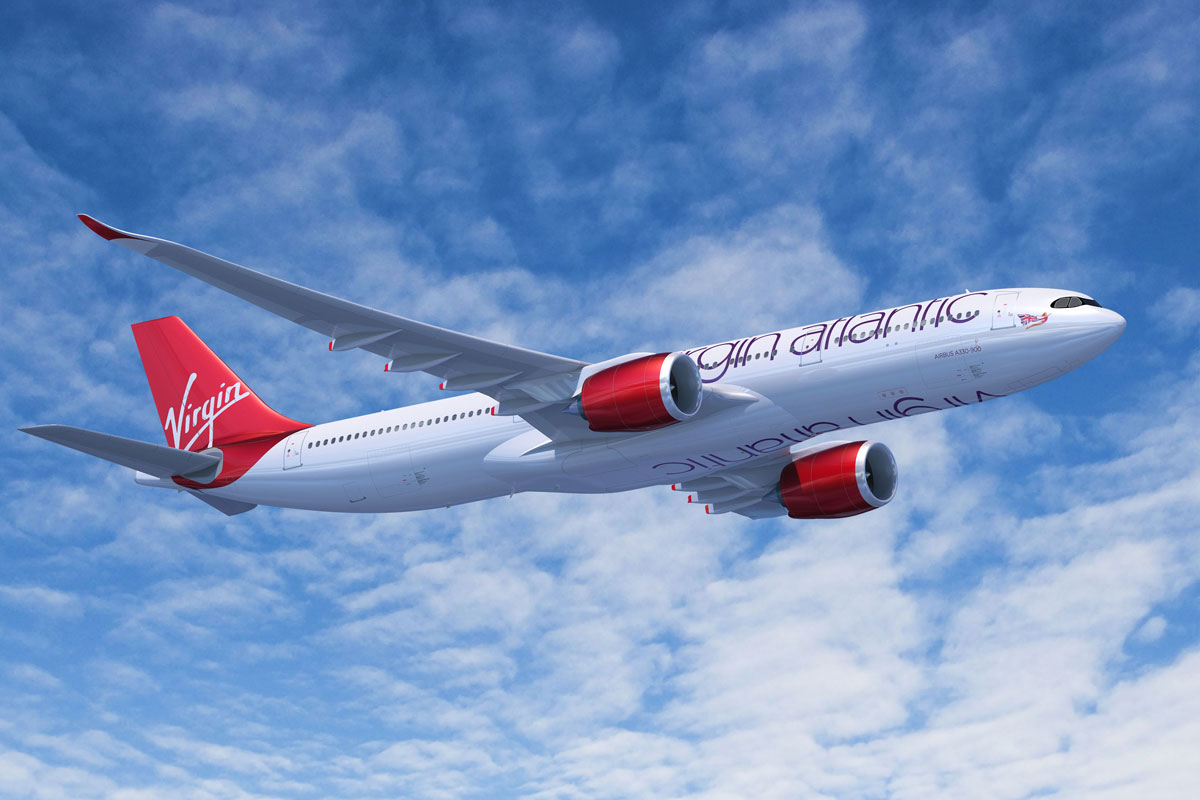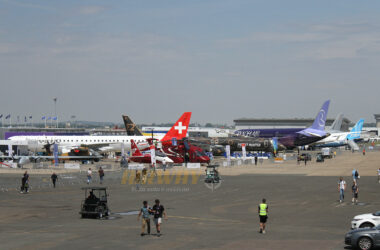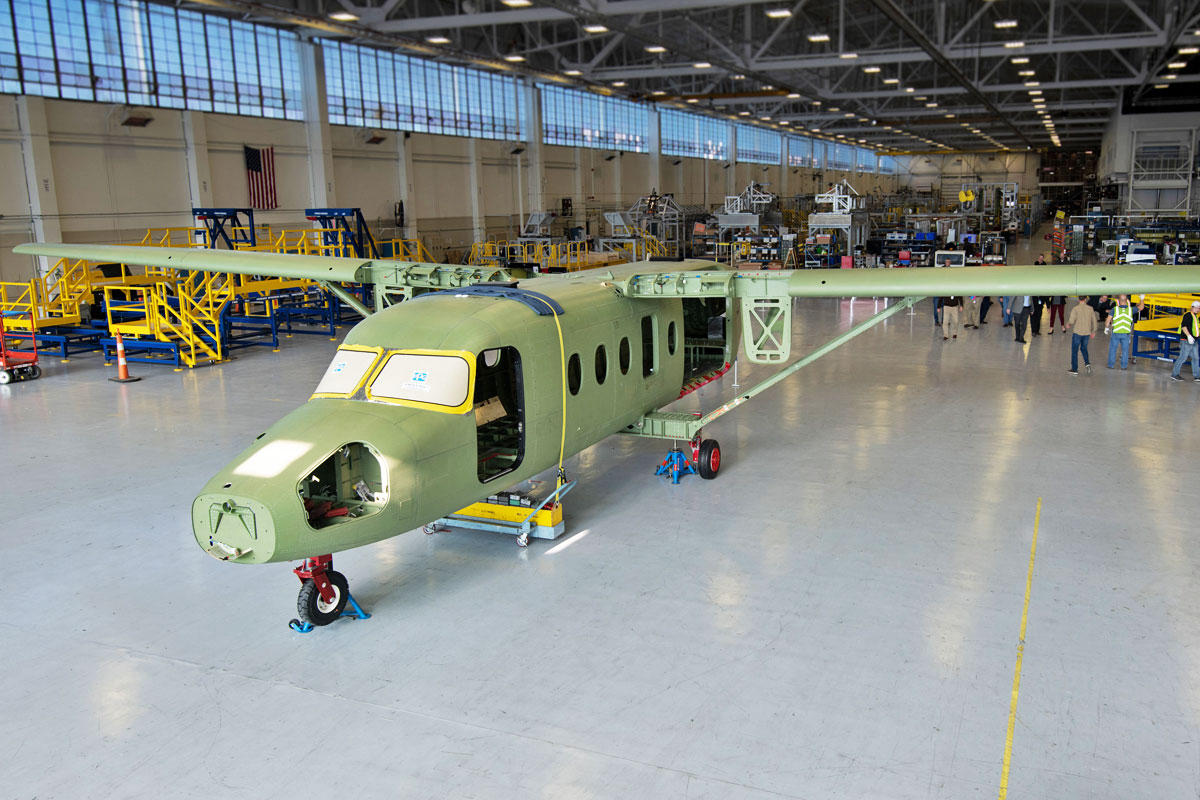De Havilland Canada announced on Monday, at the Paris Air Show International, the launch of the DHC-6 Twin Otter Classic 300-G. With this new version, the classic Canadian twin engine will advance to its fifth generation in nearly 60 years of service.
“After extensive consultation with our customers, we are poised and proud to take this iconic aircraft to new heights with the new DHC-6 Twin Otter Classic 300-G,” said Brian Chafe, CEO of DHC.
The manufacturer confirmed that it has purchase agreements and letters of intent for 45 examples of the revamped turboprop and more orders are expected to be announced this week during the event in France.
DHC has yet to provide details on the aircraft’s performance, but says the fifth-generation model is lighter, resulting in greater flight range and payload. The Twin Otter Classic 300-G also comes with new Garmin avionics systems and the traditional pair of Pratt & Whitney PT6 turboprop engines.
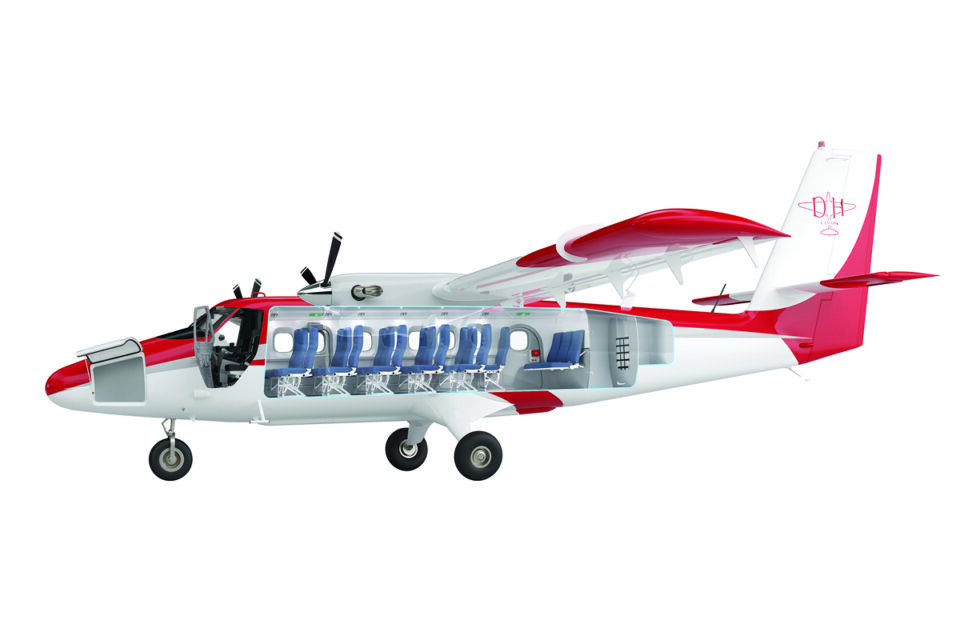
“De Havilland Canada continues to shape aviation with innovative utility aircraft, and we are proud to offer our G1000 NXi integrated flight deck with the latest version of the iconic DHC-6 Twin Otter,” said Carl Wolf, Vice President of Aviation Sales and Marketing from DHC.
The G1000 NXi will bring wireless cockpit connectivity, enhanced situational awareness, visual approach capability, and our fully integrated GFC™ 700 autopilot with envelope protection to the Classic 300-G aircraft.”
The Classic 300-G will join the current 400 Series of the Twin Otter, an aircraft that can serve a wide range of civil and military missions, including amphibious operations (with the addition of floats) and on small runways in difficult to reach locations.
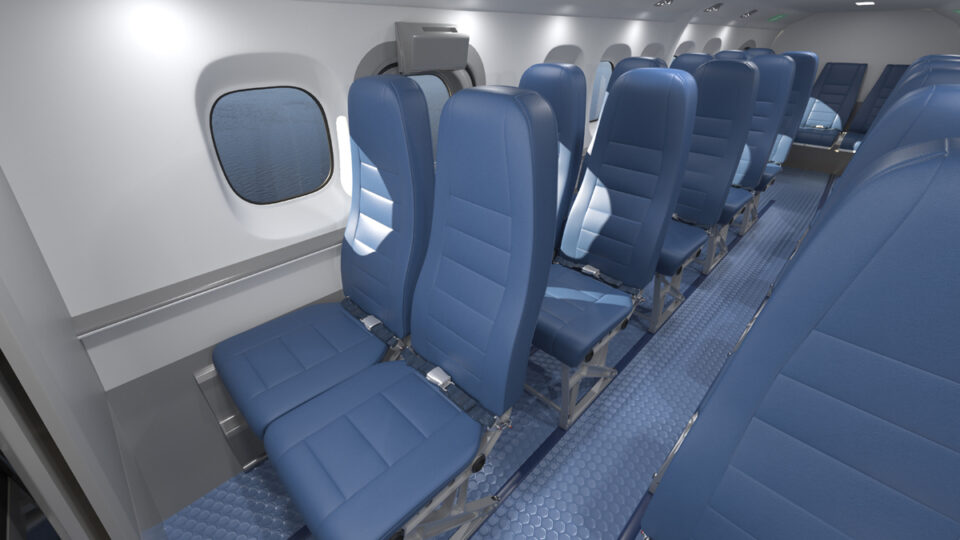
The relentless Twin Otter
An aircraft of exceptional capabilities, the Twin Otter has been one of the main references in the small utility aircraft segment for almost 60 years. The first prototype of the type flew on May 20, 1965 and series models manufactured by De Havilland Canada entered service the following year.
DHC produced the Twin Otter between 1965 and 1988, during which time the plane evolved through three generations. The next version, the DHC-6 400, was designed by Viking Air, a Canadian company specializing in the maintenance of De Havilland aircraft that acquired the rights to produce the device from Bombardier (which inherited the DHC designs) in the 1990s.

The fourth generation of the DHC-6 arrived on the market in 2010. Including the two production phases, the twin-engine has almost 1,000 deliveries.
In February 2021, Canada’s Longview Aircraft Capital group, the parent holding company of Viking Air, completed the purchase of the QSeries turboprop program (renamed Dash 8) from Bombardier, in addition to acquiring the rights to use the De de Havilland Canada (which also belonged to Bombardier).
With that, Viking was transformed into the new DHC, bringing back to the market one of the most famous names in aviation.


